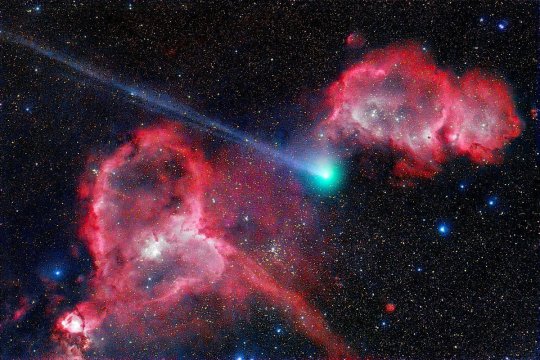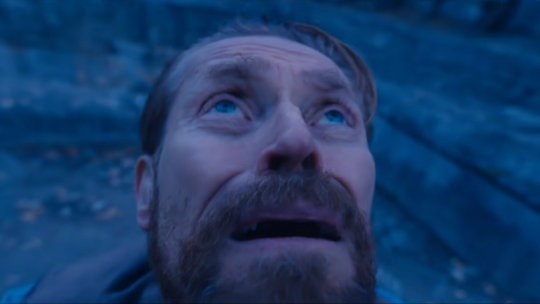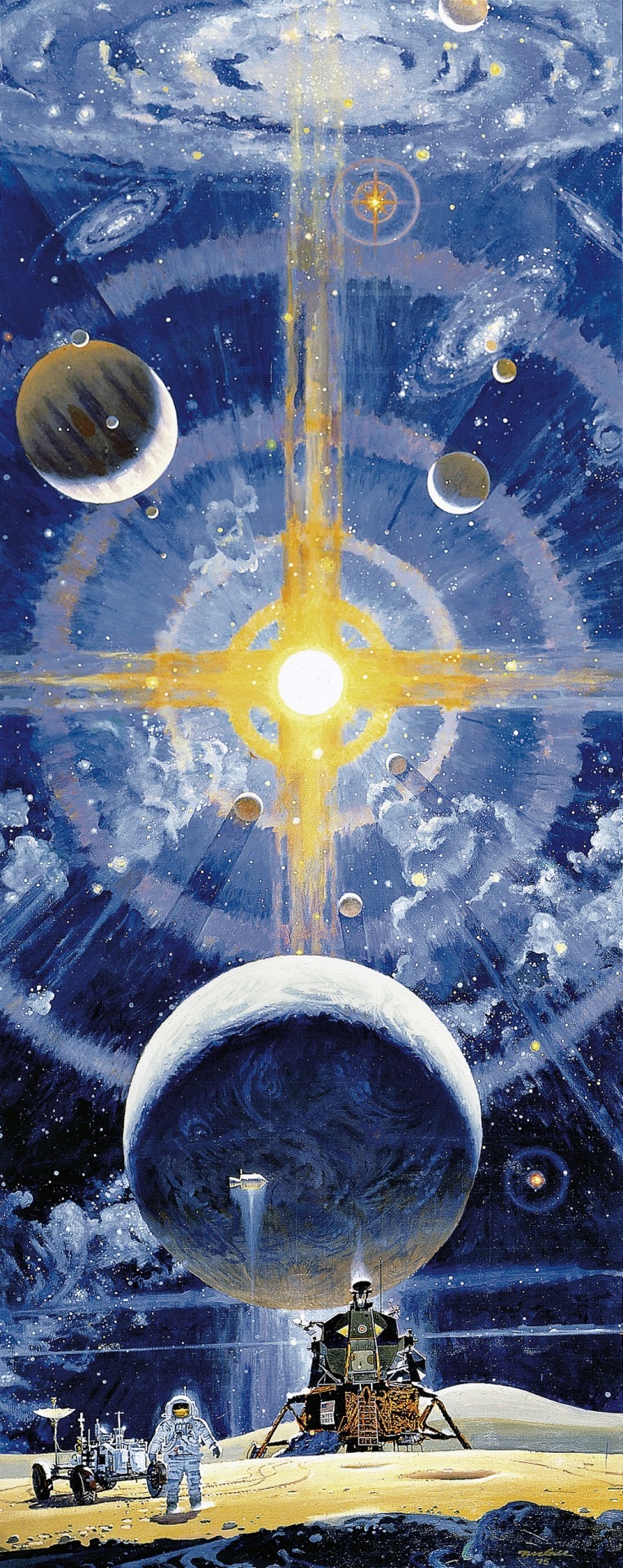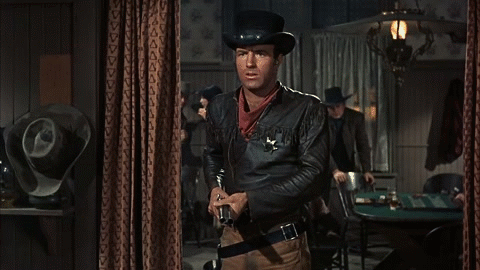Text

NGC 1512 (Hubble + Webb) by NASA's James Webb Space Telescope
640 notes
·
View notes
Photo
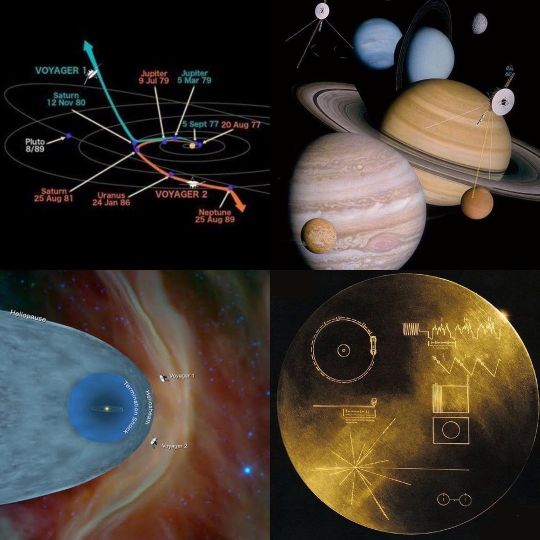
#NASA #Voyager1 Launched Mon, 05 Sept 1977. The concept of the #GrandTour began in 1964, when #GaryFlandro of the #JetPropulsionLaboratory (#JPL) noted that an alignment of Jupiter, Saturn, Uranus, and Neptune that would occur in the late 1970s would enable a single spacecraft to visit all of the outer planets by using #GravityAssists. The particular alignment occurs once every 175 years. The two spacecraft that launched retained the same mission concept. Voyager 1's course was optimized for Saturn’s moon Titan flyby and Voyager 2 for the Grand Tour. Voyager 2 would reach Saturn nine months after Voyager 1, giving plenty of time to decide if it should proceed with the Grand Tour. And carrying #GoldDisc records. Distance from Earth 23,546,768,809 km Distance from Sun 157 AU Velocity (from the Sun) 16.9995 kps (61198.2 kph) One-Way Light Time 21:19:13 (hh:mm:ss) On Aug. 25, 2012, #Voyager 1 flew beyond the heliopause and entered #InterstellarSpace, making it the first human-made object to explore this new territory. At the time, it was at a distance of about 122 AU, or about 18 billion kilometres from the sun. This kind of interstellar exploration is the ultimate goal of the #VoyagerInterstellarMission. Voyager 2, which is traveling in a different direction from Voyager 1, crossed the heliopause into interstellar space on November 5, 2018. The Voyager spacecraft are still communicating through the #DeepSpaceNetwork and obtaining useful interplanetary, and possibly interstellar, fields, particles, and waves science data until around the year 2025 when the spacecraft's ability to generate adequate electrical power for continued science instrument operation will come to an end. https://www.instagram.com/p/CiHU3szJFu5/?igshid=NGJjMDIxMWI=
#nasa#voyager1#grandtour#garyflandro#jetpropulsionlaboratory#jpl#gravityassists#golddisc#voyager#interstellarspace#voyagerinterstellarmission#deepspacenetwork
7 notes
·
View notes
Photo

#Voyager2 Launched Sat, 20 Aug 1977. It is carrying a #GoldDisc record that contains sounds and images selected to portray the diversity of life and culture on Earth, and are intended for any intelligent extraterrestrial life form who may find them. The records are a sort of time capsule. But will probably be caught up to by human in the future. Distance from Earth 19,505,169,500 km Distance from Sun 131.03460900 AU Velocity (from the Sun) 15.3741 kps (55286.676 kph) @finnzygowski https://www.instagram.com/p/ChdborQh6CN/?igshid=NGJjMDIxMWI=
3 notes
·
View notes
Text
instagram
#ApolloX 53rd anniversary 🚀🌕
(May 18 – 26, 1969) #ThomasStafford #JohnYoung #EugeneCernan CSM: #CharlieBrown LM: #Snoopy
The fourth crewed mission in the #ApolloProgram, and the second (after #Apollo 8 ) to orbit the Moon.
Apollo 10 set the record for the highest speed attained by a crewed vehicle: 39,897 km/h (11.08 km/s or 24,791 mph) on May 26, 1969, during the return from the Moon. #Apollo10
#ApolloX#Apollo10#Instagram#Snoopy#Thomas Stanfford#John Young#Eugene Cernan#Apollo Program#Charlie Brown
2 notes
·
View notes
Photo

Hubble Captures Swirling Galactic Trio by NASA Hubble
302 notes
·
View notes
Text
240 notes
·
View notes
Text

First Images from James Webb Space Telescope
At first glance, you'd be forgiven for being rather underwhelmed and wondering, quite what was all the song and dance about with this JWST ? But this isn't quite what it seems.
It may look like a rather uninspiring open cluster, the kind that garners less Tumblr notes than most rock-star nebula images, but believe it or not, this is an image of the same star.

The JWST is made up of 18 individual mirrors that create a honeycombe styled mirror, and that was not possible to fix in place due to the launch space, so the collectors now need to be re-aligned to ensure they are all pointing at the same thing, rather like turning the central dial on your binoculars, but 18 times more complex.
In order to do this, astronomers picked a star that had relatively few stars around it, HD 84406 a G type star around 258 light years from Earth in the constellation of Ursa Major. The image you now see, allows scientists back on earth to calibrate the telescope over the coming months and to get all the mirrors aligned and looking exactly at the same object, then the real science can begin.

Source : https://blogs.nasa.gov/webb/2022/02/11/photons-received-webb-sees-its-first-star-18-times/
400 notes
·
View notes
